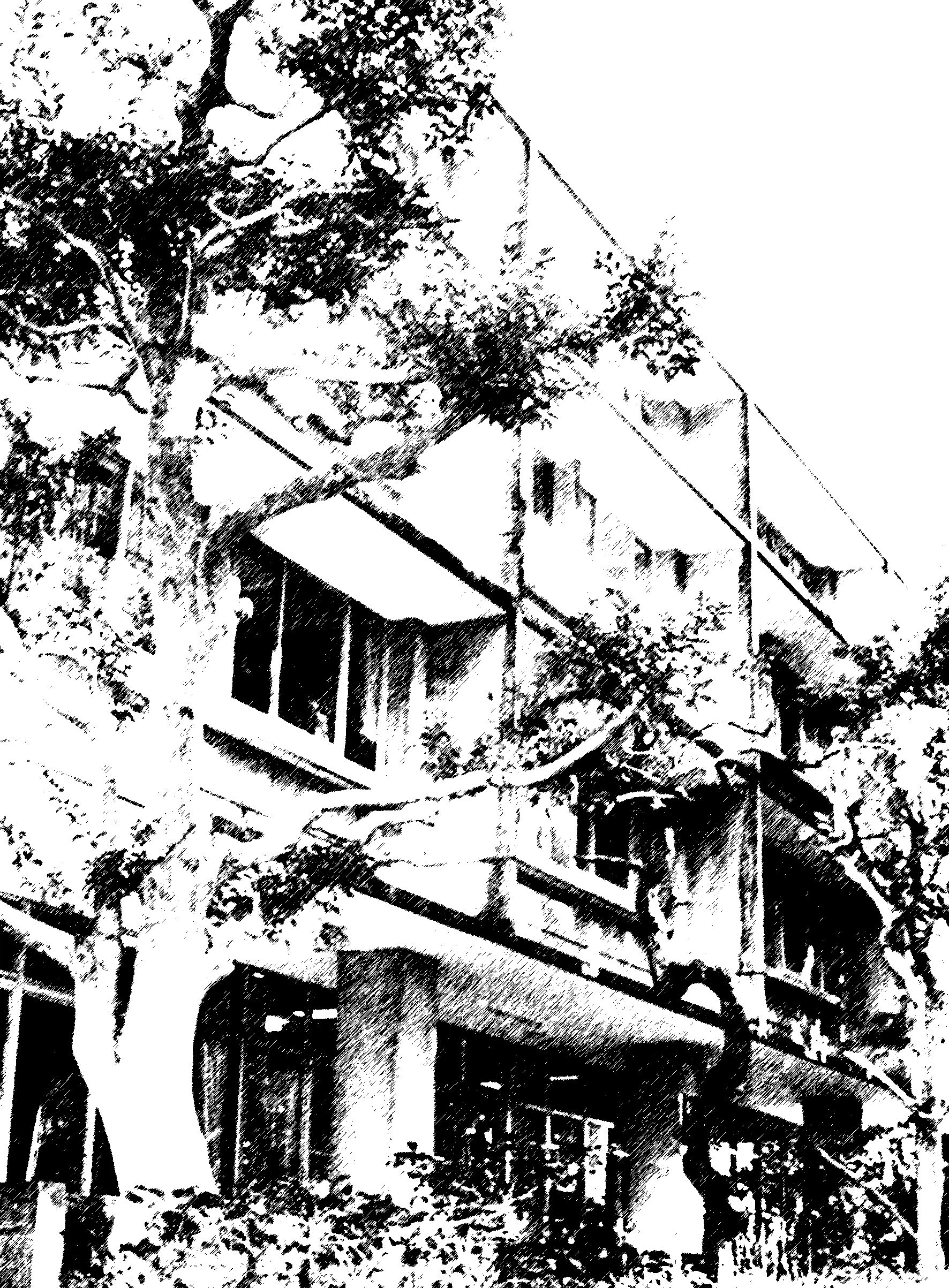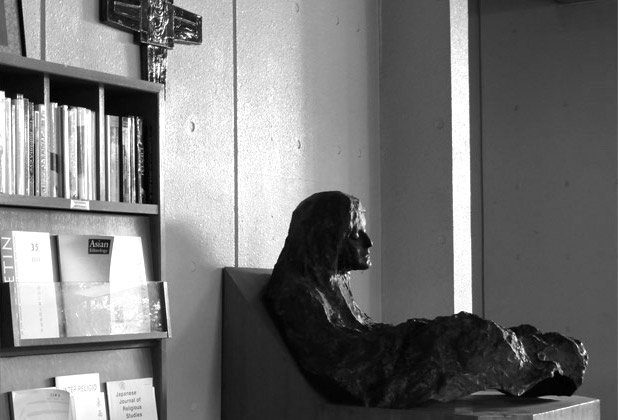
Nanzan Institute for Religion and Culture
One of the three main research institutes at Nanzan University, the NIRC is a global hub for scholars to engage in discussions on all aspects of religion through conferences, workshops, and lectures. The Institute also produces an array of internationally acclaimed publications on religion and intercultural philosophy.
Japanese Journal of Religious Studies
A peer-reviewed journal specializing in the publication of research on the study of Japanese religions.
Bulletin of the Nanzan Institute for Religion and Culture
An English-language journal documenting the annual research activities of the Nanzan Institute for Religion and Culture.
News and Announcements
Nishida Seminar
The April seminar on the topic of "Nishida and Mahāyāna" will be held on 27 April. See here for details.
Nishitani Workshop
The third meeting of the Nishitani workshop will be help on 10–11 May on the topic of “Nietzsche’s Zarathustra and Meister Eckhart.” See here for details.
Shohō and Nanzan Repository
All issues of Shohō will be registered in the Nanzan University Repository. If authors prefer their articles be omitted from the repository, please contact us by 30 June.
日本と周辺地域における暦研究の現状と展望
5月19日、南山大学研究所連携公開シンポジウムを開催。詳しくはこちらにご覧ください。
Tremblay on Nishida
Project Research Jacynthe Tremblay has published two volumes on Nishida Kitaro. Order here.
NIRC on YouTube
NIRC events can be viewed on our YouTube channel.
Submissions
If you are interesting in submitting to the Japanese Journal of Religious Studies, please download the Style Guide.

About the Institute
The Nanzan Institute for Religion and Culture was founded in 1976 with the aim of promoting dialogue among religions, philosophies, and cultures East and West.